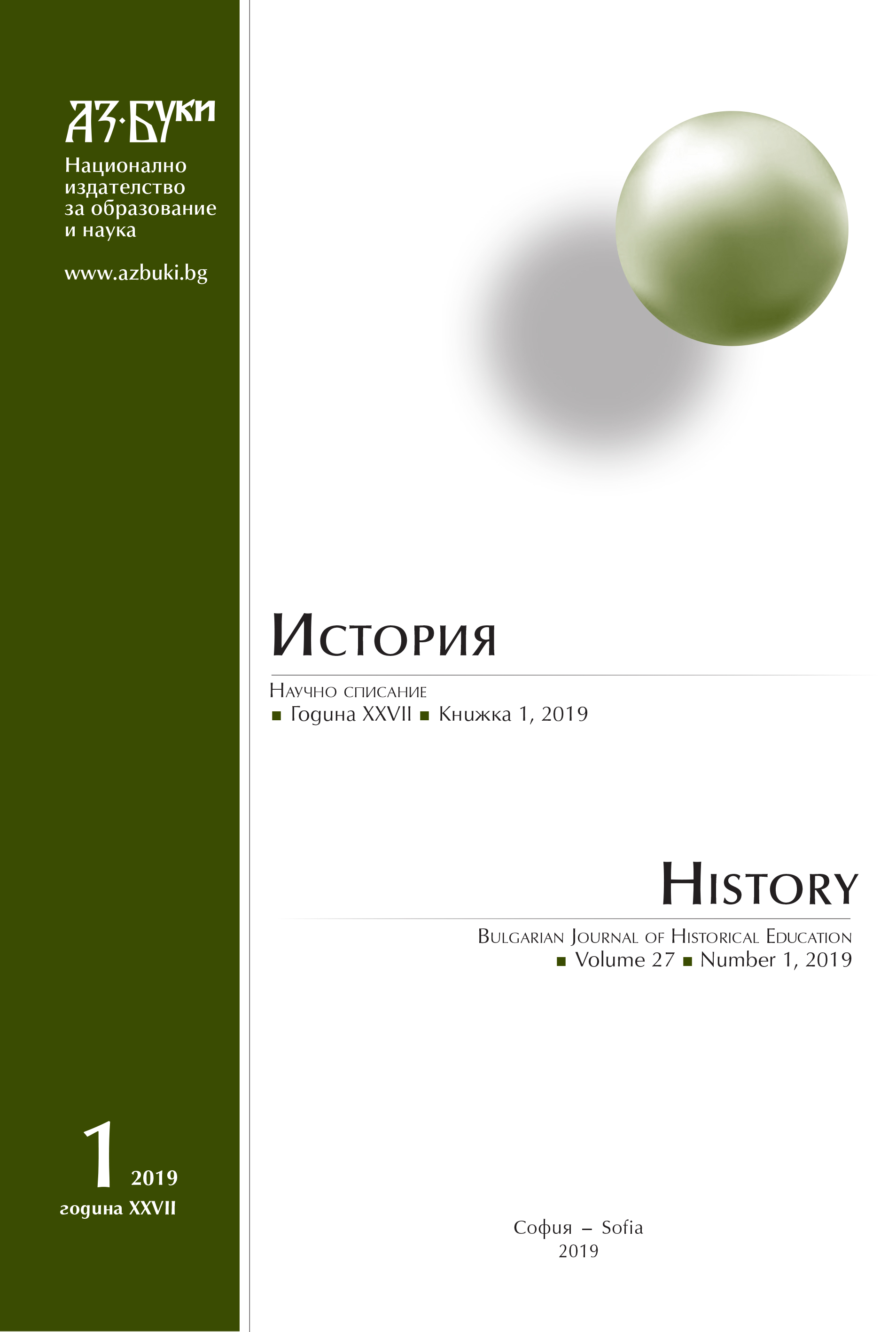
We kindly inform you that, as long as the subject affiliation of our 300.000+ articles is in progress, you might get unsufficient or no results on your third level or second level search. In this case, please broaden your search criteria.

The famous Bulgarian poet, patriot and public activist Venko Markovsky /1915-1983/ was son and victim of his controversial, complex and cruel time. Because of his patriotic activity just in 1934, he was expelled from the Skopie High School and was sent to prison by the Serbian King authorities.
More...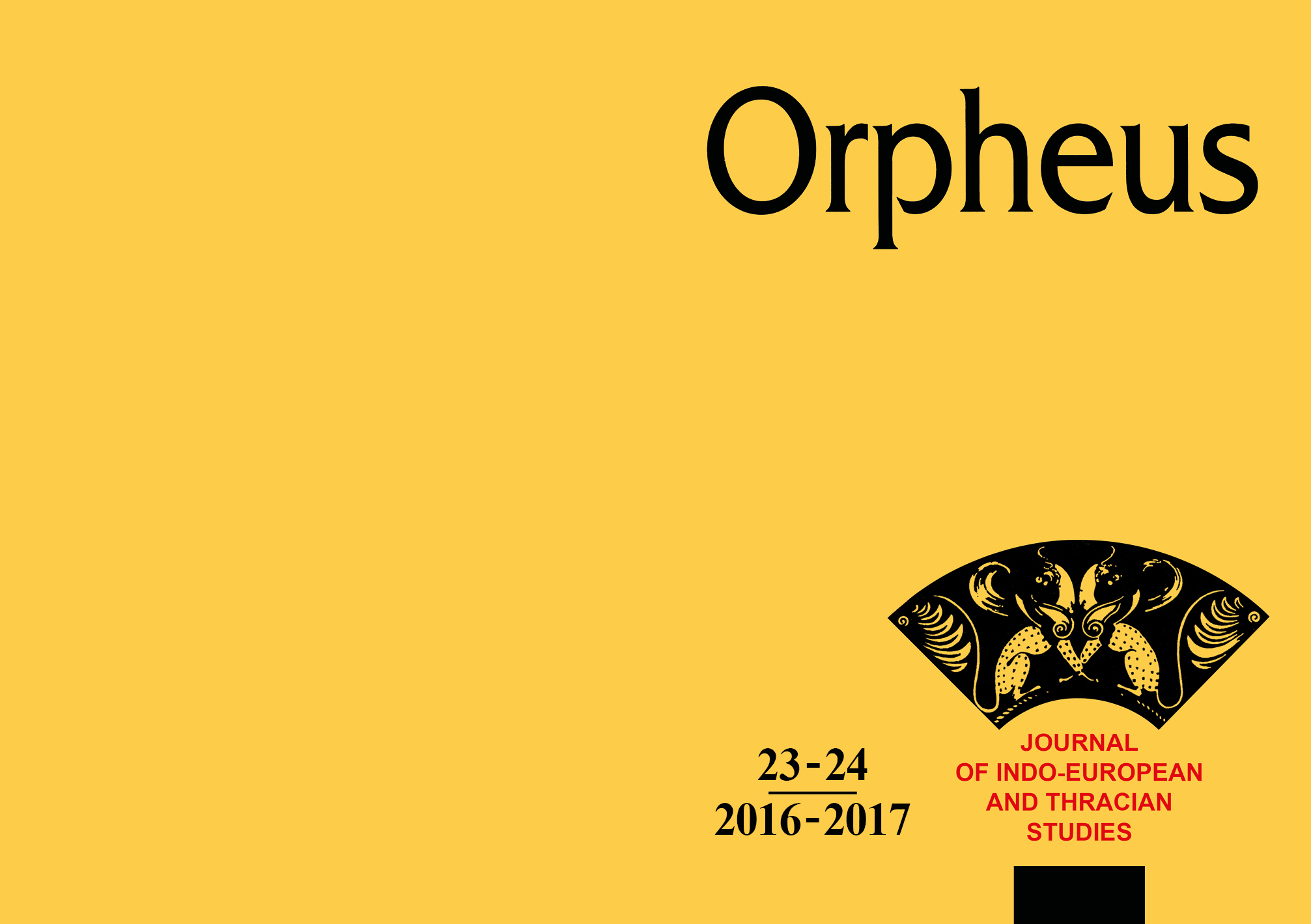
The paper analyses the information in some sources as the ancient author Hesychius and the Suidas Lexicon on the similitude between Zalmoxis – the ancient king, priest, healer and deity attested in the lands of the Getae – and the ancient Greek god Kronos. On the one hand, the teaching of Zalmoxis about immortality promises eternal happy life, which is reminiscent of the Golden Age of bliss described by Hesiod, during which Kronos reigned. On the other hand, the ancient Greek god ruled also over the generation of heroеs inhabiting the islands of the blessed. These specificities could serve as a basis for bringing the images of Zalmoxis and Kronos closer to one another. The image-idea of Kronos apparently designated the teaching about immortality and about the happy life after death preached by Zalmoxis. These ideas are in total harmony with the information provided by the ancient authors about the faith of the Thracians in immortality and with the archaeological evidence. The entire range of religious and philosophical notions connected with Zalmoxis is at the basis of the later cult of the Thracian Heros. In view of these links between the image of Zalmoxis and the teaching personified by him, on the one hand, and the heroic cult on the other, it seems logical for Zalmoxis to be likened to Kronos by the Greek authors. The syncretism between Zalmoxis and Kronos-Saturn can also be assumed from the Vitae of the Early Christian Saint Dasius of Durostorum. Following this line of thought, there is a possibility that the cult and image of Kronos could be perceived as a starting point for the understanding of Thracian culture, just as, e.g., Dionysos, Ares, Artemis, Hermes, the Thracian Heros and other deities.
More...
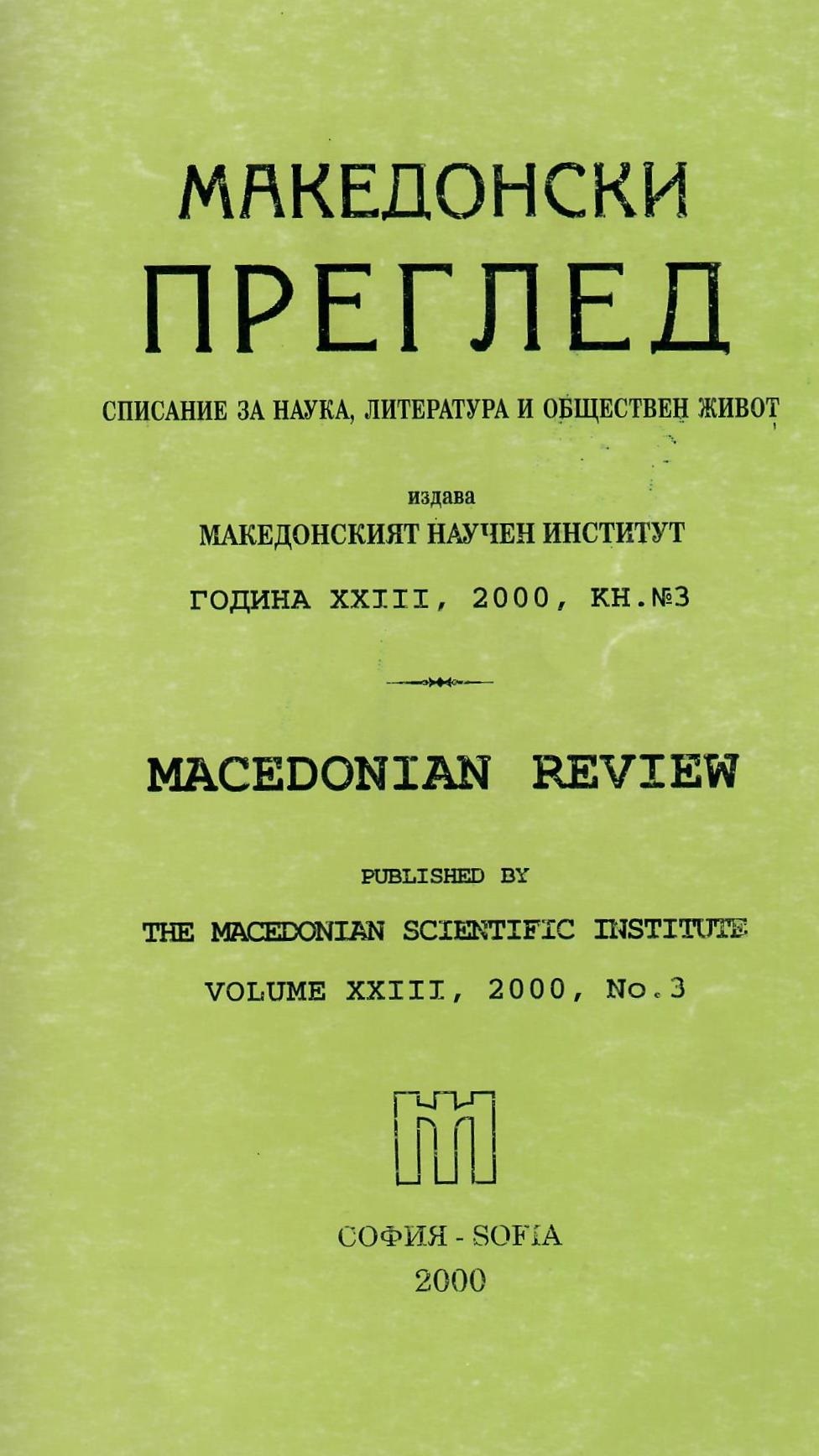
The traditions for many centuries and the 20th century's scientific authorities relate the individual's nationality to his or her ethnic self-identification. In support of these ideas, the present article explores the ethnic environment, genealogy, formation, development and manifestation of Vaptsarov's national identity.
More...
After the Allies' war of 1913, Bulgaria underwent a national catastrophe and the bigexarchic diocese in the Macedonian and Thracian region was almost destroyed. The Macedonian eparchies (nine tenths of Macedonia) were plundered by the Serbian and Greek conquerors, who expelled Bulgarian bishops and dispersed Bulgarian church communities.After the Allies' war of 1913, Bulgaria underwent a national catastrophe and the big exarchic diocese in the Macedonian and Thracian region was almost destroyed. The Macedonian eparchies (nine tenths of Macedonia) were plundered by the Serbian and Greek conquerors, who expelled Bulgarian bishops and dispersed Bulgarian church communities.After the Allies' war of 1913, Bulgaria underwent a national catastrophe and the bigexarchic diocese in the Macedonian and Thracian region was almost destroyed. The Macedonian eparchies (nine tenths of Macedonia) were plundered by the Serbian and Greek conquerors, who expelled Bulgarian bishops and dispersed Bulgarian church communities.
More...
In the above-mentioned article, a new research paper by the Russian scholar of Macedonian Studies R. P. Usikova is being criticized. Her paper was published under the title of "The Macedonian Language" in volume 2 of the collection called "Bases of Balkan Linguistics," S. Petersburg, "Nauka," 1998, pp. 136 - 188. The article reveals Usikova's falsifications and distortions of scientific truth. Some specific instances of such distortions are about the ethnic nature of the Slavonic population in Macedonia, and its cultural development as an inseparable part of the Bulgarian people - ever since the foundation of the Bulgarian state until nowadays.In the above-mentioned article, a new research paper by the Russian scholar of Macedonian Studies R. P. Usikova is being criticized. Her paper was published under the title of "The Macedonian Language" in volume 2 of the collection called "Bases of Balkan Linguistics," S. Petersburg, "Nauka," 1998, pp. 136 - 188. The article reveals Usikova's falsifications and distortions of scientific truth. Some specific instances of such distortions are about the ethnic nature of the Slavonic population in Macedonia, and its cultural development as an inseparable part of the Bulgarian people - ever since the foundation of the Bulgarian state until nowadays.
More...



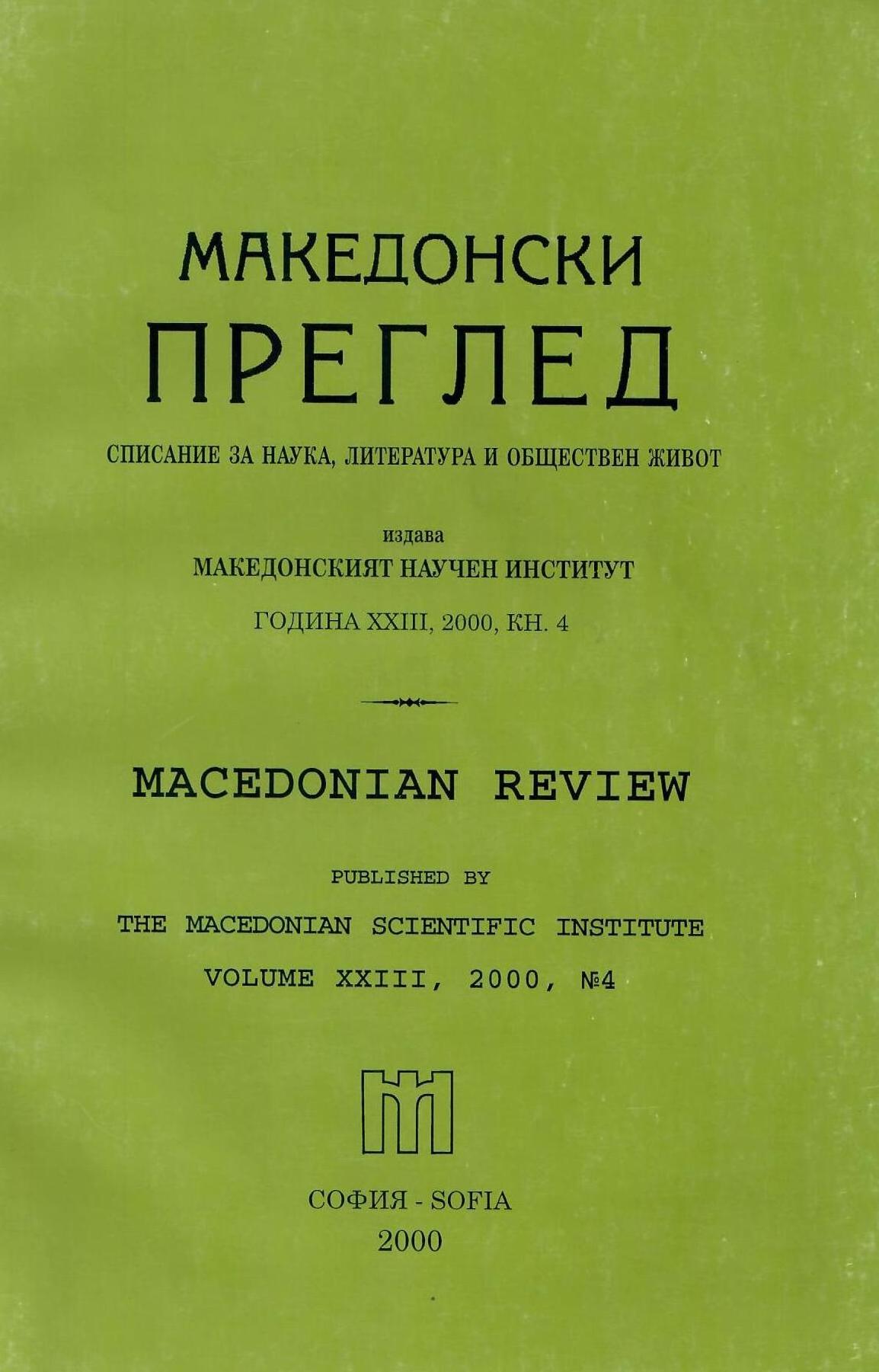
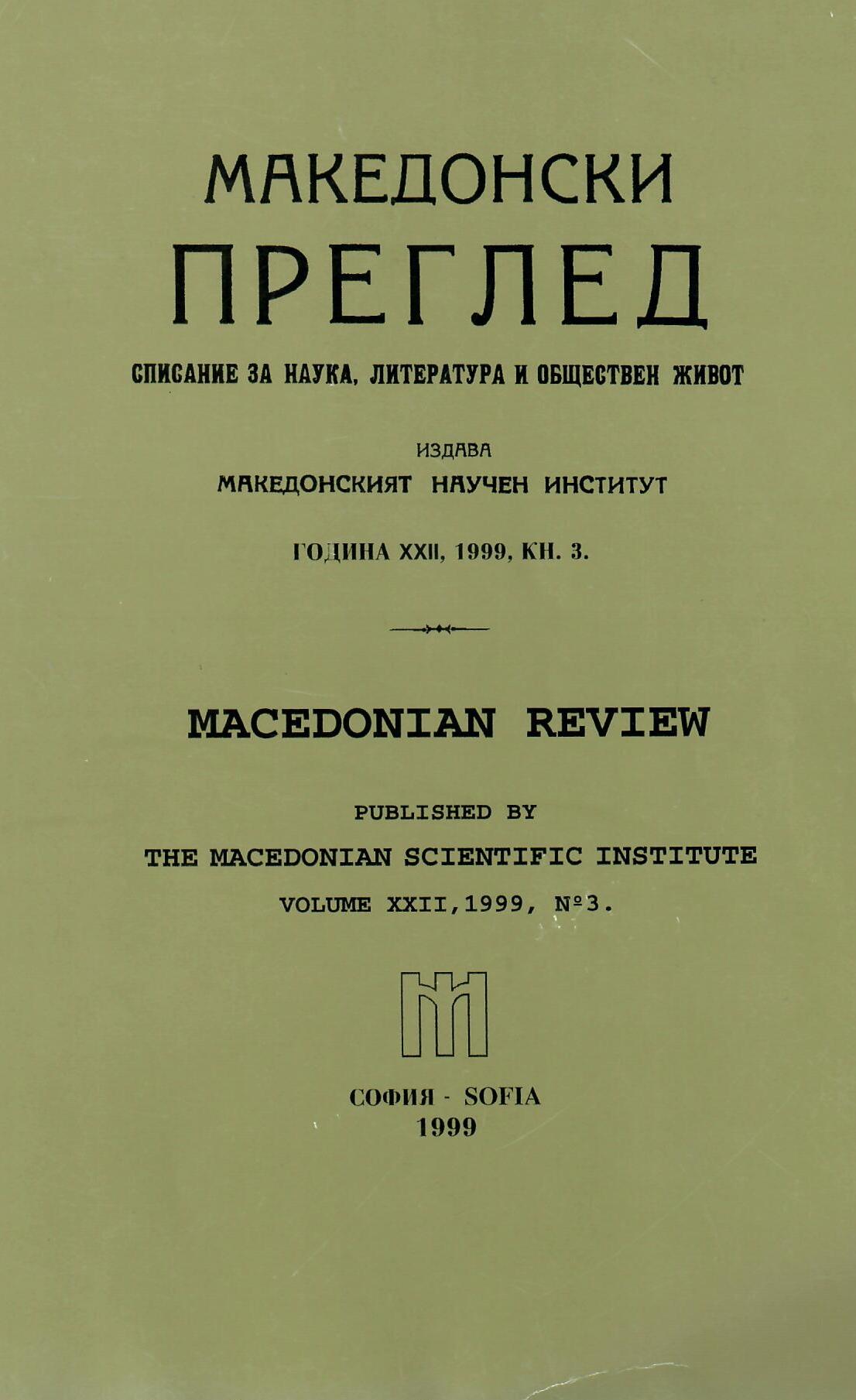
The Aroumains, an old Balkan population, inhabit some regions south of the Danube River. The article examines the Aroumains population in Macedonia in particular.
More...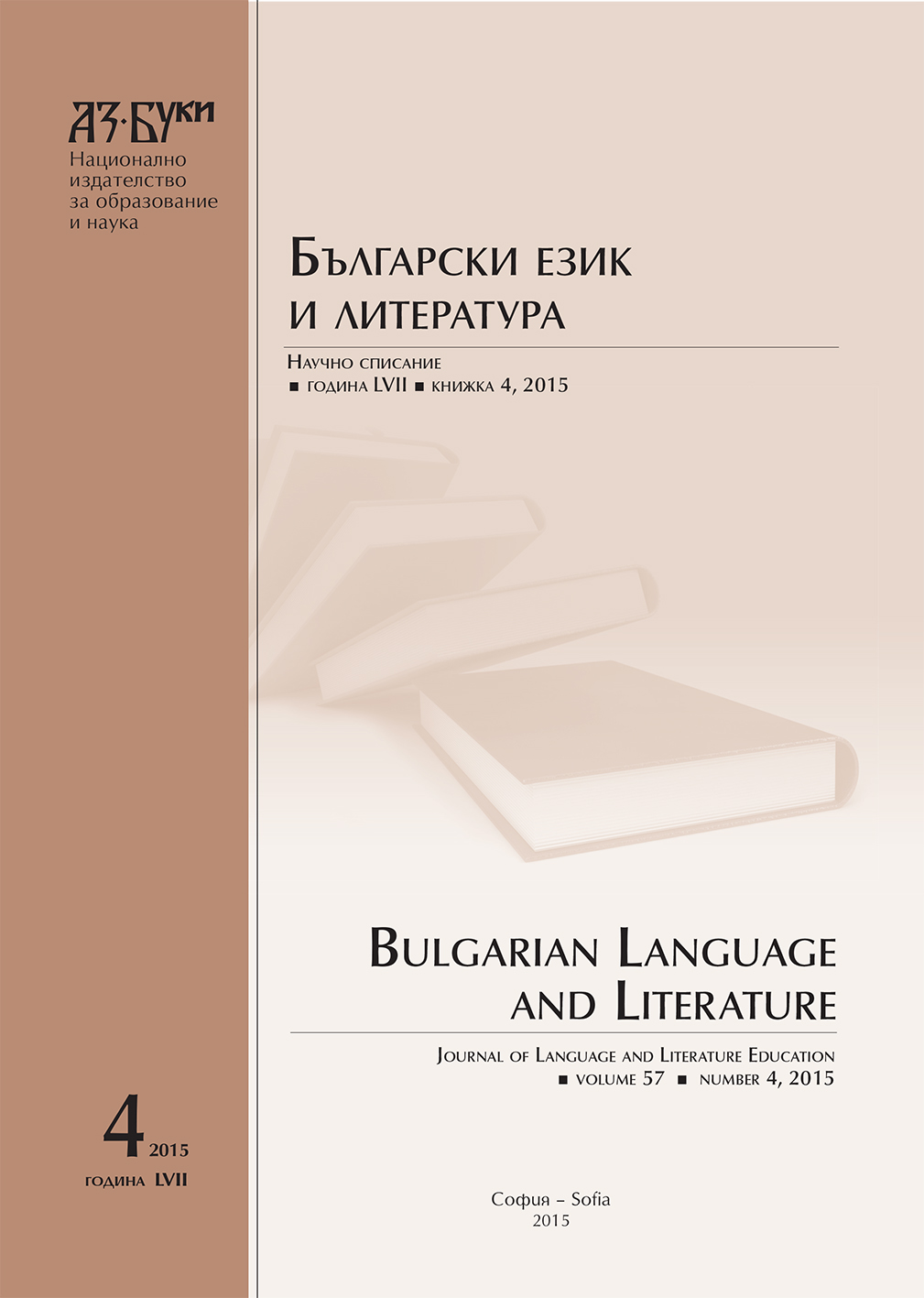
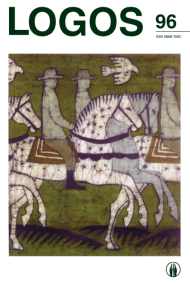
In the process of radical changes in the world throughout these last several decades, for example, numerous old and new civilizational challenges and conflicts across various parts of the planet, comparative civilization studies has made a major resurrection. It is apparent that today we are living in the era of special topicality of civilizational issues and a golden age of their research which leads to increasing visibility of major theoretical and methodological developments in comparative civilizationl studies. This interest is directly associated with geopolitical shifts within the present world that enters the meta-civilization stage of development and with related radical political, social, and cultural transformations. The article is concerned with theoretical and methodological developments within comparative civilization studies that have become topical throughout the last decade with particular focus on the apparent turn towards understanding new civilization phenomena (for example, those of Meroe, Axum, Mali, Ghana and Songhay in Sub-Saharan Africa, Olmec, Zapotec, Maya, Toltec, Norte Chico, Moche, Sioux and numerous Northern ethnocultural groups in the Americas, and Melanesians, Micronesians and Polynesians in Oceania) that are presented as important not only for deeper appreciation of civilizational history, but also for the better understanding of newest trends forming contemporary meta-civilization.
More...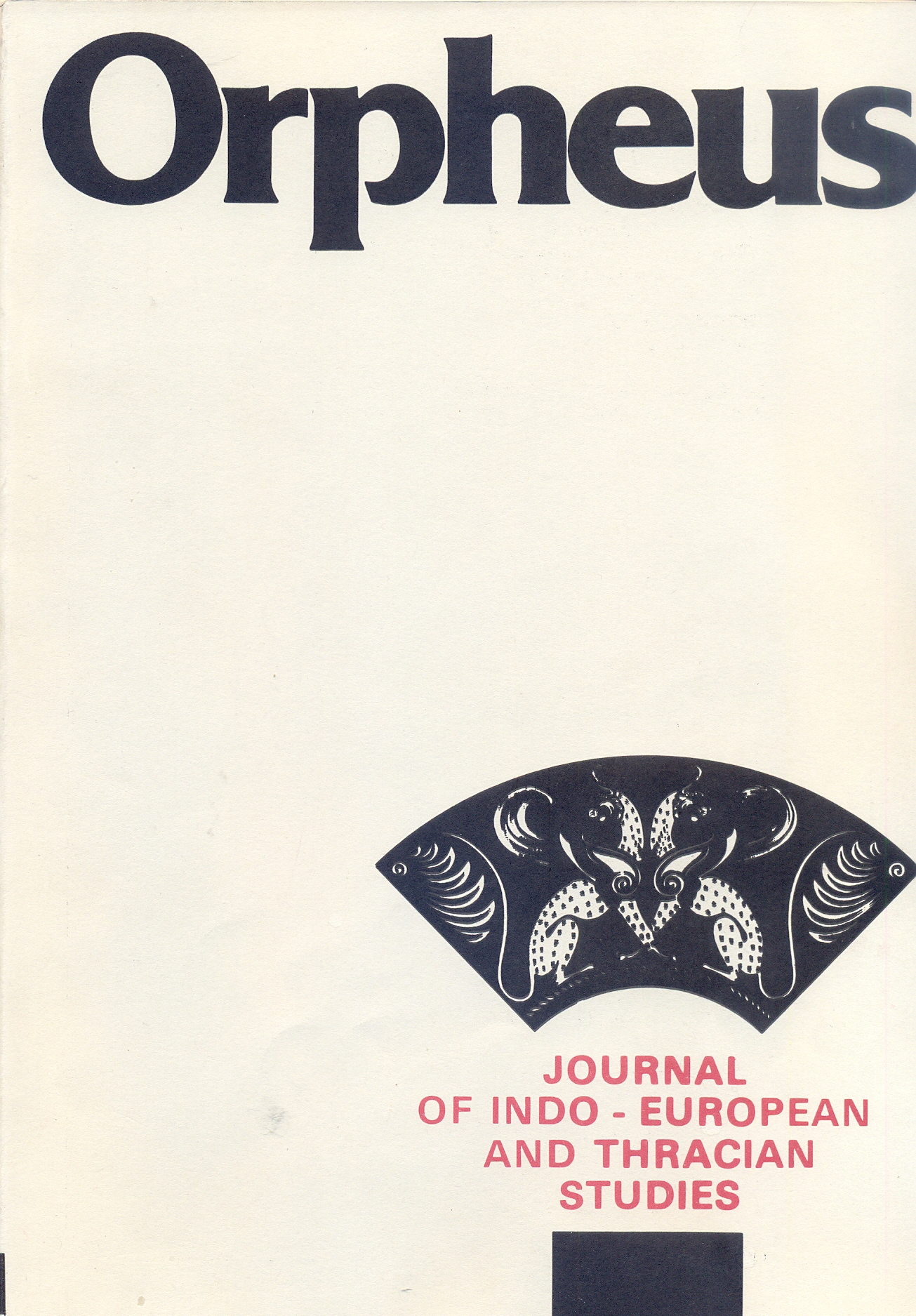
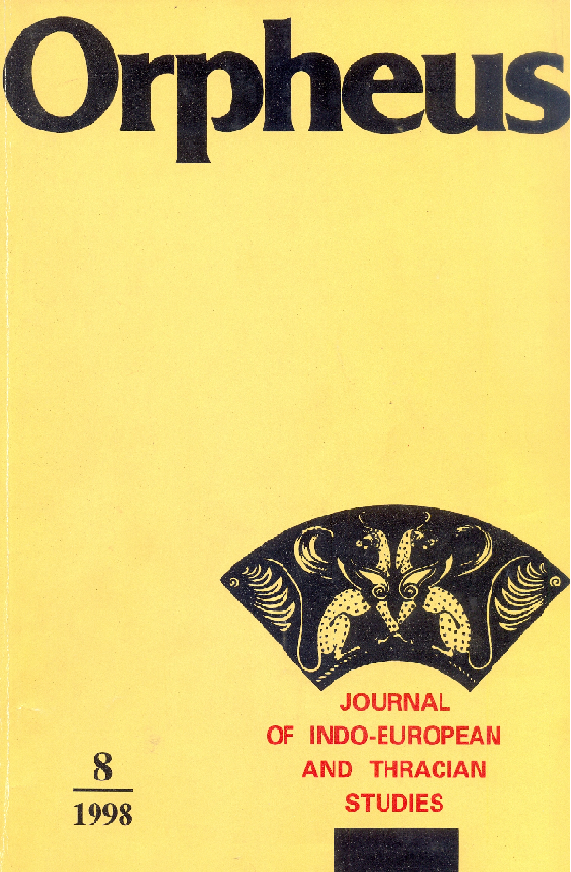
![New Findings in Thracian Etymology, V. Thrac. Ziby[n]thides](/api/image/getissuecoverimage?id=picture_1999_48537.jpg)
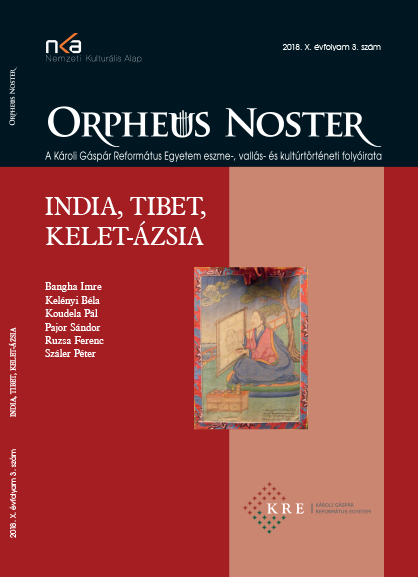
It is a difficult task to find the balance in compiling different historical, cultural, religious, economic, political and even geographical components of a possible indicator to find the boundaries of a greater region. Many ideas exist about East Asia as a landscape or a region, and perhaps the most well-known is the historical concept of the Sinosphere. Th is mental formation is broadly built on historically developed cultural elements and the dominance of China. An additional characteristic is the presumed existence of, and the one-way functioning of, the interrelatedness between historical states as individual players. In this essay we do not try to define a precise macro region, but make remarks on some important details of these cultural and historical elements, the concepts on which the region is built. Th e cognitive superstructure begins to fall apart if these details are examined closely. We focus on the historical concept of a politically organised interdependency and vulnerability, and emphasise its ideological origins in China. Agro-economic features and the development of common rice cultivation – despite huge geographical disparities – are also discussed. Language, religious diff erences (e.g. the role of Confucianism and Shinto) as well as economic networks, their historical and current relevance (e.g. the Bamboo network or the Japanese Zaibatsu) and other social factors are also the subjects of our analysis.
More...